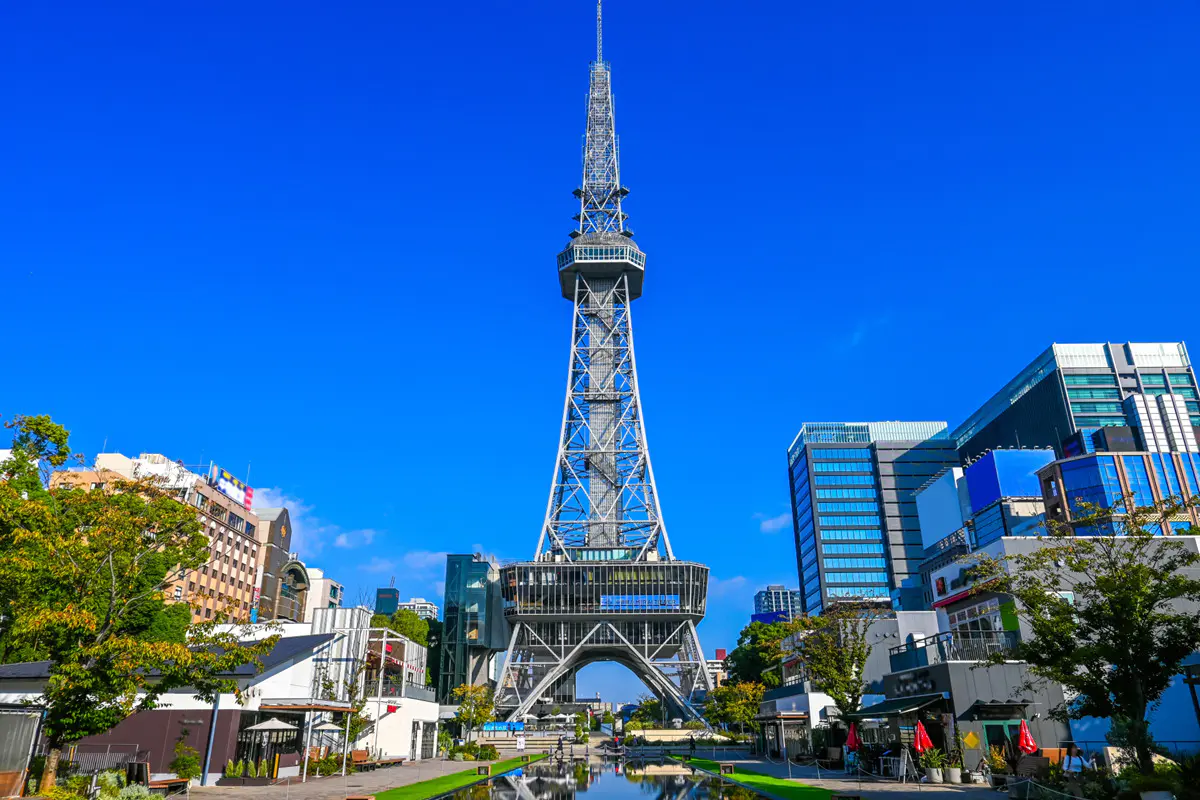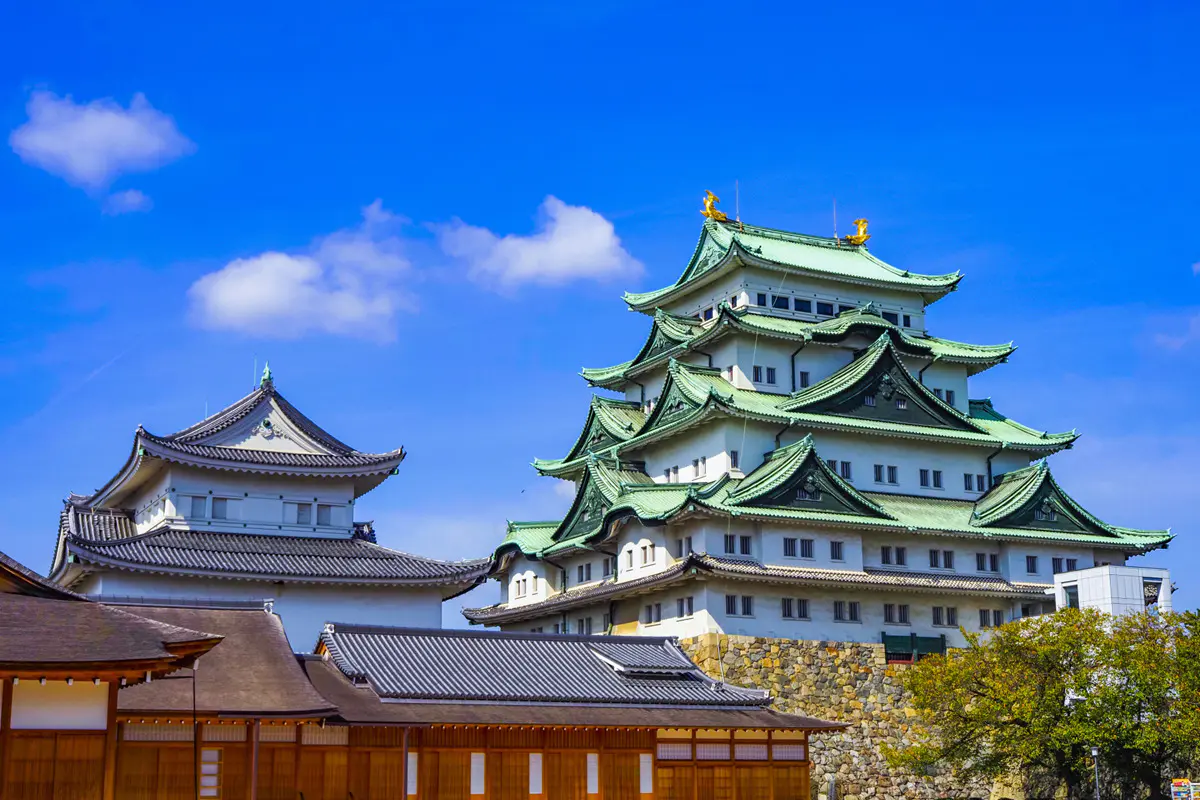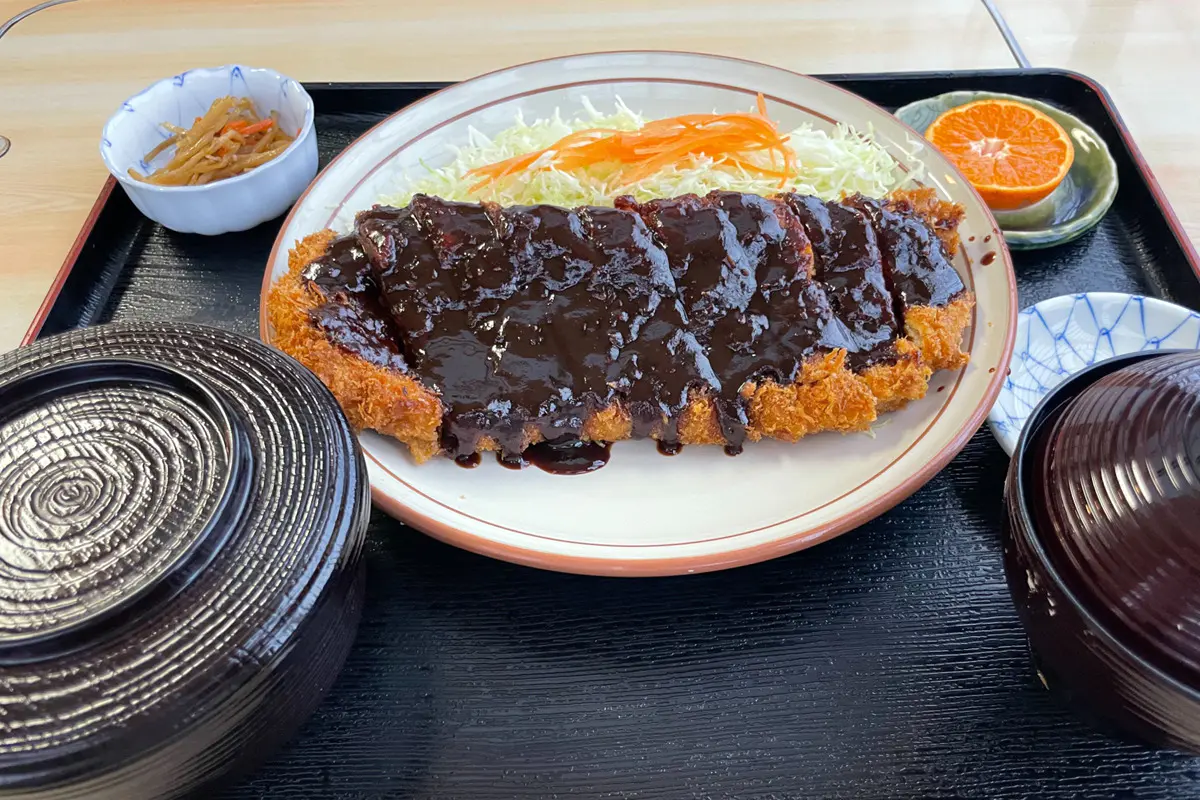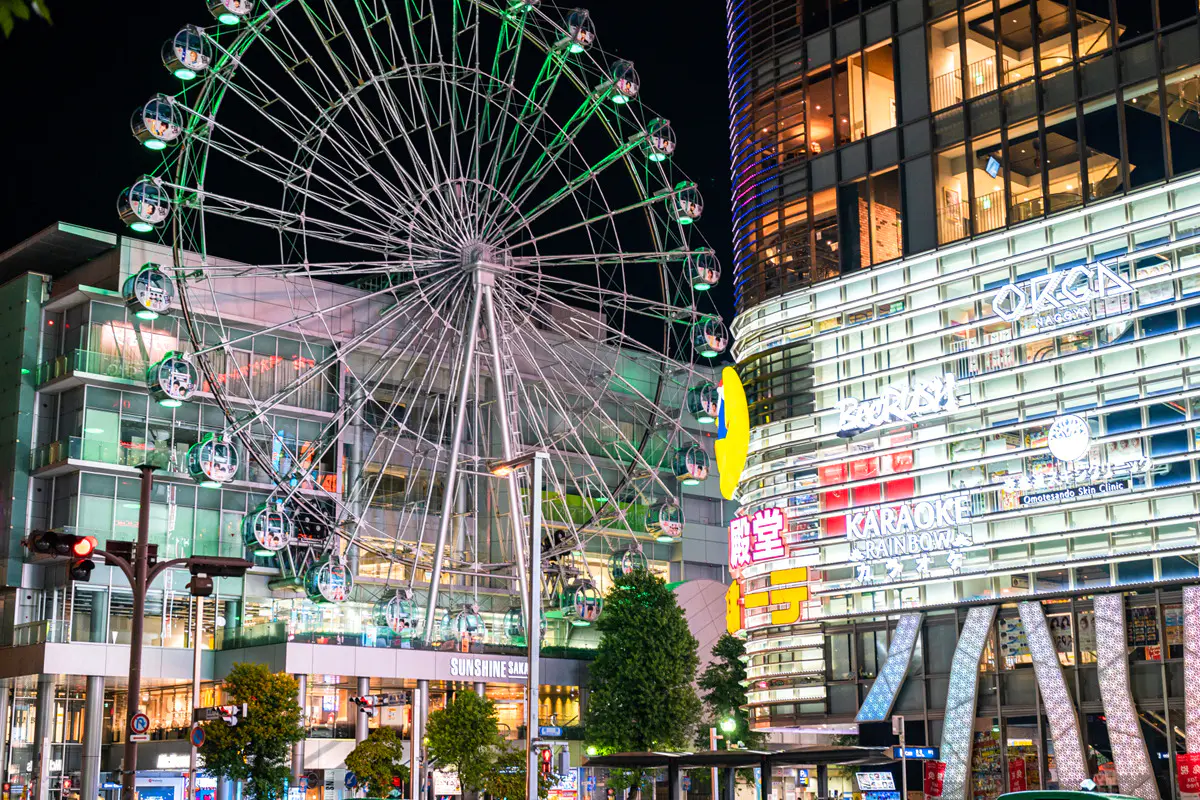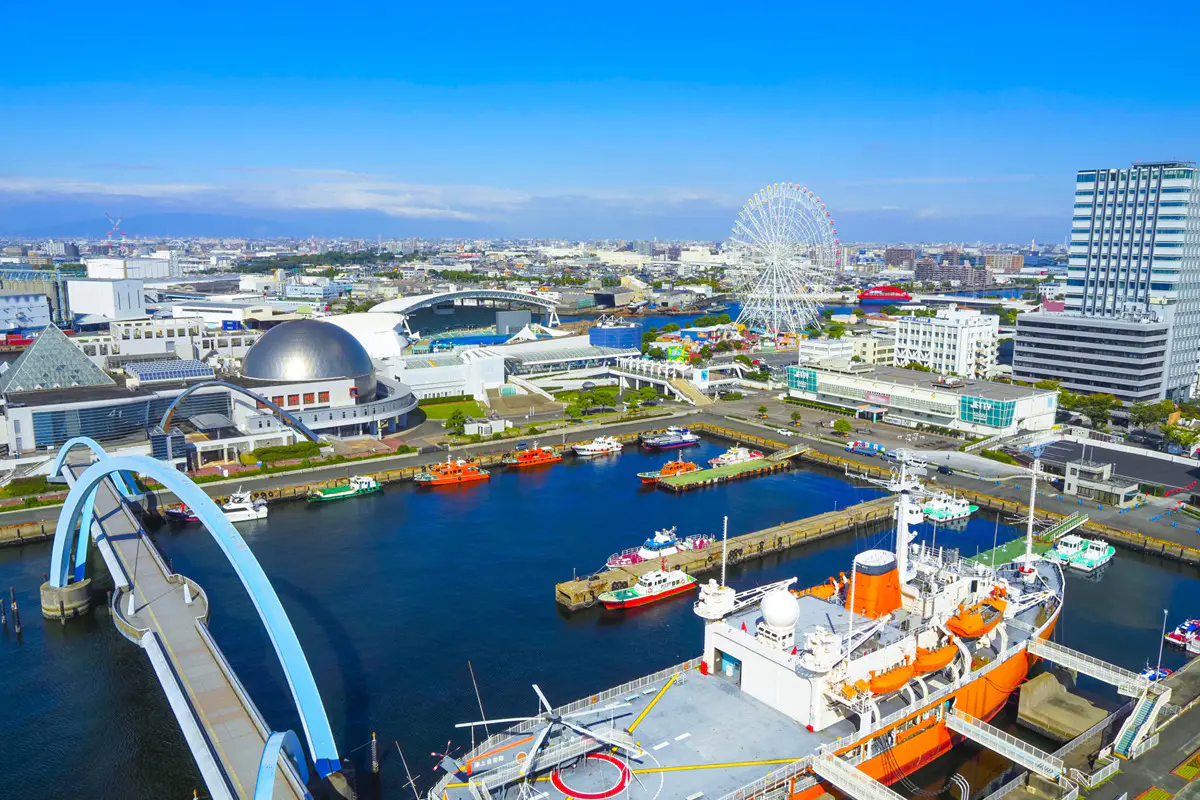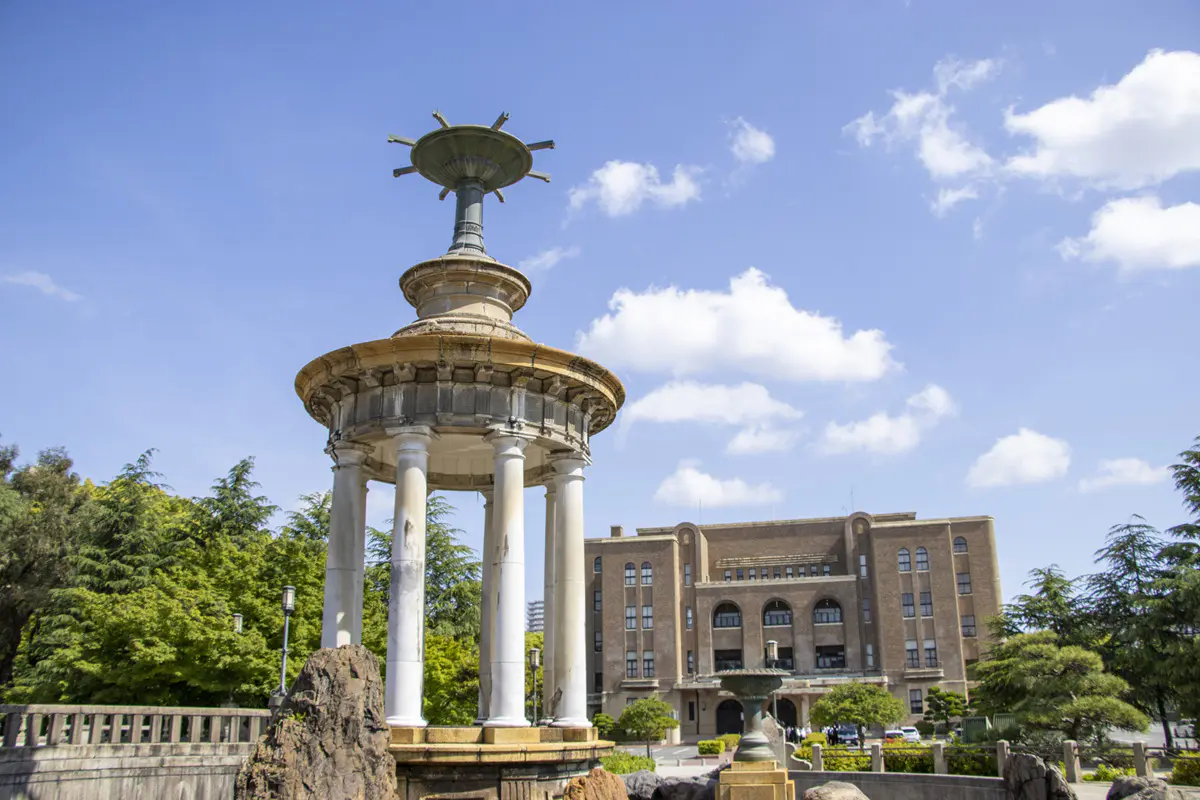Nagoya City Area Guide
Nagoya City is the capital of Aichi Prefecture and the central city of the Chukyo metropolitan area, one of Japan’s three major metropolitan regions. With a population of approximately 2.3 million, it is known as Japan’s fourth-largest city.
Located between Tokyo and Osaka, Nagoya is accessible by Shinkansen in about 1 hour 40 minutes from Tokyo and about 50 minutes from Osaka.
The city has developed as the center of Japan’s automotive industry, with companies such as Toyota Motor Corporation headquartered nearby, making it an economically vibrant area.
Nagoya also boasts diverse tourist attractions, including Nagoya Castle, Atsuta Shrine, the Sakae shopping district, and the Tokugawa Art Museum.
Furthermore, Nagoya’s distinctive local cuisine, known as "Nagoya Meshi"—featuring hitsumabushi (grilled eel on rice), miso katsu (deep-fried pork cutlet with miso sauce), tebasaki (chicken wings), kishimen (flat noodles), and ankake spaghetti—is highly popular among both domestic and international visitors.
Compared to Tokyo and Osaka, Nagoya offers a relatively lower cost of living and rental rates, making it a comfortable city for foreign residents.
Nagoya City Key Data
- Area
- 326.45 km²
- Population
- 2,295,638
- Population Density
- 7,030 people / km²
- Foreign Residents
- 100,246
Major Stations and Access to Key Destinations
Major Train Stations in Nagoya City
- Nagoya Station (JR Tokaido Shinkansen, JR Tokaido Line, JR Chuo Line, JR Kansai Line, Meitetsu Nagoya Line, Kintetsu Nagoya Line, Nagoya City Subway Higashiyama Line, Sakura-dori Line)
- Sakae Station (Nagoya City Subway Higashiyama Line, Meijo Line)
- Kanayama Station (JR Tokaido Line, JR Chuo Line, Meitetsu Nagoya Line, Nagoya City Subway Meijo Line)
- Fushimi Station (Nagoya City Subway Higashiyama Line, Tsurumai Line)
Average Travel Time from Major Stations to Key Destinations
| Departure Station | Nagoya Station | Sakae Station | Kanayama Station | Fushimi Station | Kyoto Station | Shin-Osaka Station | Tokyo Station |
|---|---|---|---|---|---|---|---|
| Nagoya Station | — | About 5 min | About 6 min | About 3 min | About 35 min | About 50 min | About 1 hr 40 min |
| Sakae Station | About 5 min | — | About 7 min | About 2 min | About 40 min | About 55 min | About 1 hr 45 min |
| Kanayama Station | About 6 min | About 7 min | — | About 6 min | About 37 min | About 53 min | About 1 hr 42 min |
| Fushimi Station | About 3 min | About 2 min | About 6 min | — | About 38 min | About 52 min | About 1 hr 42 min |
Living Convenience for Foreign Residents
International Schools
- Nagoya International School (Moriyama Ward): Offers a comprehensive education from kindergarten through high school with an International Baccalaureate (IB) program.
- Aichi International School (Showa Ward): Provides bilingual education with classes conducted in both English and Japanese.
Medical Facilities with Foreign Language Support
- Nagoya University Hospital (Showa Ward): Has an International Medical Center accepting foreign patients.
- Seirei Hospital (Showa Ward): Offers English-speaking doctors and is popular among foreign residents.
Popular Supermarkets and Restaurants Among Foreign Residents
- Costco Chubu Airport Warehouse (Tokoname City): A favorite for foreign residents with a wide range of imported foods.
- KALDI Coffee Farm Sakae: An imported food store offering ingredients and seasonings from around the world.
Public Support Services for Foreign Residents
- Nagoya International Center (Nakamura Ward): Provides life support services and Japanese language learning assistance for foreigners.
Popular Neighborhoods in Nagoya City
- Sakae Area: The city's major entertainment and shopping district.
- Meieki Area: The business and commercial area around Nagoya Station.
- Kakuozan / Motoyama Area: An upscale residential area popular among foreign residents.
- Kanayama Area: Offers excellent transportation access and convenient living environment.
Housing Market in Nagoya
Compared to Tokyo and Osaka, Nagoya offers a lower cost of living, making it a favorable city for foreign residents. The pre-owned housing market has shown an upward trend over the past five years, with prices for condominiums increasing by about 10–15% and single-family homes by about 10–12%. Especially in popular areas like Naka Ward and Higashi Ward, price increases have been notable, but since 2024, growth has slowed and some areas have seen prices level off or slightly decline. Meanwhile, rental prices remain relatively stable, providing affordable options for singles to families.
Average Rent by Floor Plan
| STUDIO | 1Bedroom | 2Bedrooms | 3Bedrooms | |
|---|---|---|---|---|
| Average Rent (JPY/month) | ¥60,000 | ¥88,000 | ¥115,000 | ¥142,000 |
Average Prices for Pre-Owned Homes
| Area | Apartment (70m²) | Single-Family Home (100m²) |
|---|---|---|
| Chikusa Ward | ¥20,790,000 | ¥49,660,000 |
| Higashi Ward | ¥26,170,000 | - |
| Nakamura Ward | ¥30,770,000 | ¥30,160,000 |
| Naka Ward | ¥31,300,000 | - |
| Showa Ward | ¥26,490,000 | ¥48,540,000 |
| Meito Ward | ¥19,560,000 | ¥34,360,000 |
